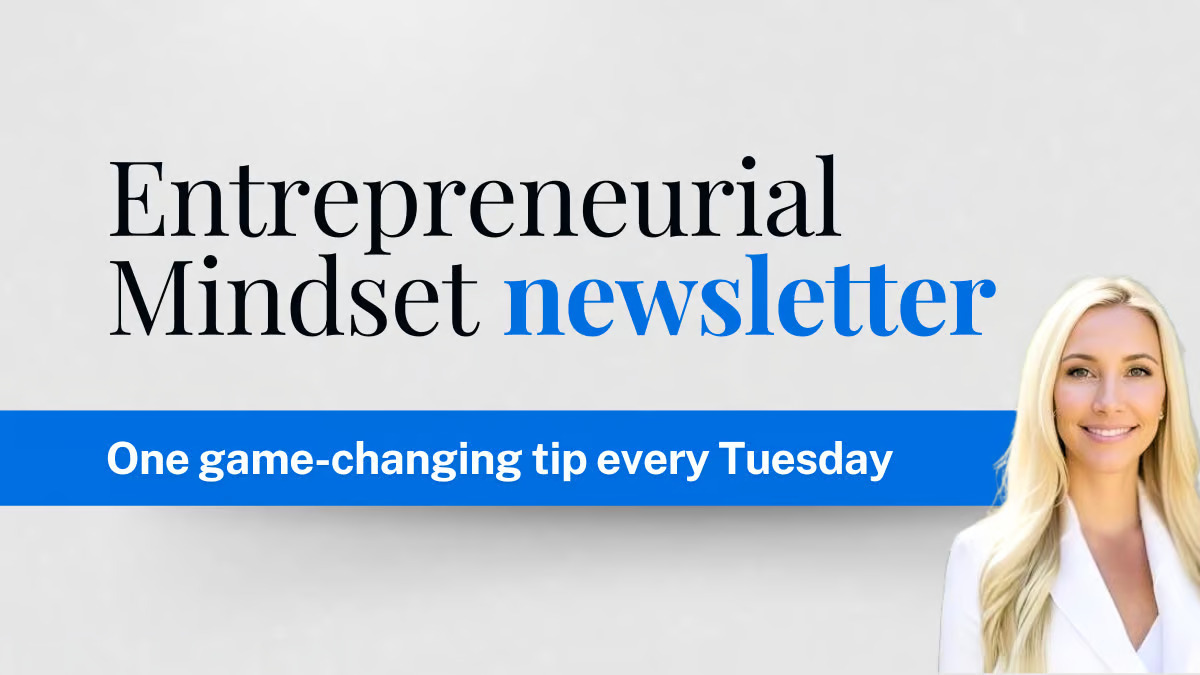.bh__table_cell padding: 5px; background-color: #FFFFFF;
.bh__table_cell p color: #2D2D2D; font-family: ‘Helvetica’,Arial,sans-serif !important; overflow-wrap: break-word;
.bh__table_header padding: 5px; background-color:#F1F1F1;
.bh__table_header p color: #2A2A2A; font-family:’Trebuchet MS’,’Lucida Grande’,Tahoma,sans-serif !important; overflow-wrap: break-word;
Hi friends,
Thanks for reading my newsletter! Love this topic, it’s so important.
Reaching $1 million in revenue might sound out of reach, but it all comes down to simple math.
You could hit $1 million with 10 big customers or 100,000 small ones.
To make this simple, let’s break it down into five customer categories: Titans, Builders, Growers, Seeds, and Sparks. Each requires a different strategy for growth.
Titans (10 Customers Paying $100,000 Each)
💡 Enterprise Sales Strategy
To land Titans, you need to sell to large businesses or organizations with deep budgets. This requires:
Relationship building – Enterprise clients need trust. Attend industry conferences, network, and leverage referrals.
Customized solutions – Tailor your offering to their needs. Think in-depth proposals, demos, and dedicated support.
Long sales cycles – Be prepared for months of negotiations. Experienced sales needed to manage selling to 2 people. The User and the Buyer.
🚀 Best for: B2B SaaS, enterprise software, high-end consulting
Builders (100 Customers Paying $10,000 Each)
💡 Mid-Tier Sales Strategy
For Builders, your focus should be on scalable sales processes:
Sales – Use calls and demos to convert warm leads.
Marketing – Target specific industries with personalized content.
Webinars & case studies – Showcase customer success stories to build credibility.
🚀 Best for: Niche SaaS, B2B services, coaching programs
Growers (1,000 Customers Paying $1,000 Each)
💡 Small Business & Consumer Strategy
Scaling to 1,000 customers requires inbound marketing and retention:
Content marketing – Blogs, videos, and courses attract potential buyers.
Recurring revenue models – Subscriptions and memberships provide consistent income.
Email campaigns – Nurture leads and convert website visitors into customers.
🚀 Best for: SaaS, membership sites, premium courses
Seeds (10,000 Customers Paying $100 Each)
💡 Scalable Strategy
To reach 10,000 customers, focus on affordable, high-volume products:
Social media ads – Facebook, Instagram, or TikTok ads can drive traffic at scale.
Affiliate programs – Leverage influencers and partners to promote your product.
Upsells & bundles – Offer premium add-ons to increase revenue per customer.
🚀 Best for: E-commerce, digital courses, software tools
Sparks (100,000 Customers Paying $10 Each)
💡 High-Volume, Low-Ticket Strategy
If you’re selling to 100,000 customers, you need reach and virality:
Free content + ads – Build a massive audience on YouTube, blogs, or social media.
Microtransactions – Sell templates, e-books, or digital assets at a low cost.
Viral marketing – Create a product with shareable features or “powered by” branding.
🚀 Best for: Content creators, digital downloads, ad-supported businesses
How to Choose the Right Model
📉 Selling a low number of units at a low price isn’t profitable.
📈 Selling a high volume of units at a high price isn’t realistic.
Common mistakes I see:
If you’re targeting small startups (Seeds), high-cost salespeople and demos won’t be sustainable.
If you’re focused on large enterprises (Titans), social media ads won’t convert them, you need relationship based sales.
💡 Find the right balance between pricing, volume, and customer type. Choose a strategy that fits your strengths and your market.
Try This Today:
-
Look at your current pricing, which category do you fall into?
-
Map out your growth strategy based on your customer type.
-
Focus on one scalable acquisition channel that fits your model.

Till next week,
Noemi

